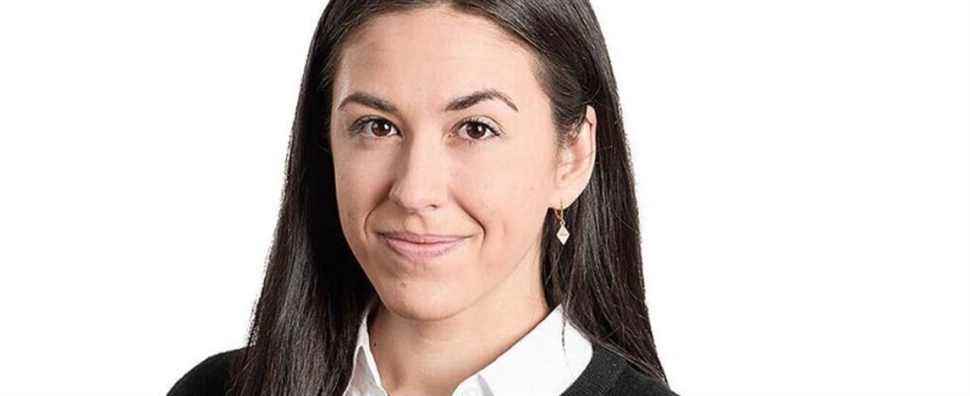It’s a year that ends as sadly as it started: the same gloom, the same anxieties, the same contradictions. Earlier this week, Prime Minister François Legault once again got carried away. In a burst of enthusiasm, he said he was considering allowing “large families” to gather under one roof over the holidays, up to a maximum of 25 people.
It’s good for morale, the family, he trumpeted, rehashing for the thousandth time his speech as a good father, full of referents straight out of the 1950s. Except that his stubbornness in believing in the holding of a ” Normal Christmas ”was, again this year, in total contradiction with the red flags waved by Public Health since the arrival of the Omicron variant.
I am writing these lines in more or less feverish anticipation of the emergency press briefing which, without a doubt, will dispel for good the mirage of a “normal” entry into the year 2022. “The return to normal ”: I must tell you that I have been trying for a long time to stop thinking about the post-pandemic in terms of“ normalcy regained ”. I actually believe that there will be no return to normal. Quite simply because the “abnormal” times we are going through far exceed the pandemic.
Still in the register of governance by mystification of empirical reality, this week, the Minister of the Environment, Benoit Charrette, was worried. It is noted that greenhouse gas emissions have increased in Quebec since 2019. So much so that we are getting further and further away from achieving the climate goals set for 2030 – targets that are already timid. “It hurts,” the minister concluded. We wonder if, really, he could have expected something else, when his own government has not put anything in place to considerably reduce GHG emissions where it counts (in the transport sector, in the industrial sector). , in the extractive sector).
The same strategy of denial is at work in the protection of biodiversity. Last week, we learned that the caribou of the Gaspé and Charlevoix will disappear, it is now almost certain. In the Gaspé, there are only 32, perhaps 36 animals left, according to the latest population inventory carried out by the Ministry of Forests, Wildlife and Parks (MFFP). They were around 75 in 2017, and everything indicates that the decline is set to continue. The Charlevoix caribou are in an even more precarious position: there are only 17 specimens left, including one fawn. To the point where all of these animals will have to be sent into captivity – a last resort solution, adopted in the hope of saving, perhaps, what is left of the herd. But the thread of hope is very thin.
The decimation of caribou populations is the direct consequence of human activity. It’s no secret that the MFFP has been reporting it for a long time: their habitat has been gradually damaged over time, especially by the activities of the forest industry. So much so that the survival of the species is now compromised in the short term.
This problem was already well known under the Liberal government, which did little to turn the tide. However, the Legault government – as Alexandre Shields recently reported in these pages – only perpetuates laissez-faire, even though we have no serious plan to protect the species in the long term. For now, there is nothing better to offer than to remove the last animals from their habitat, hoping, perhaps, to save a few.
This is not the first time that this kind of maneuver has been attempted. Already in 2020, in Abitibi, a herd of caribou threatened by the mining and forestry industry had been placed in captivity, in Val-d’Or. Except that since then, among the seven captured animals, one has died in the enclosure. The capture and “control” of predators, say the experts, is a last resort solution, the effectiveness of which is questionable. To turn the tide and slow down the disappearance of an animal species, there are not 36 solutions: we must stop destroying its habitat. Crutches, last-chance solutions, adopted in an emergency, amount to placing under a glass bell what we have already condemned to disappear.
This dark maneuver reflects the spirit of our time. You will excuse my outburst of pessimism at the end of the year, but I do not really see how to do otherwise.
“The abnormality” as we have defined it since March 2020 has basically little to do with health restrictions, with the number of daily cases, with the possibility, or not, of running the economy as usual. The waves of restrictions, then of sanitary easing, are a screen that masks another storm: that of the climate crisis and the inevitable destruction of the living environments that we know and love. The last two years have only precipitated the conditions of our permanent plunge into abnormality. We are indeed standing in the hearth of the worst; the worst that is yet to come.
